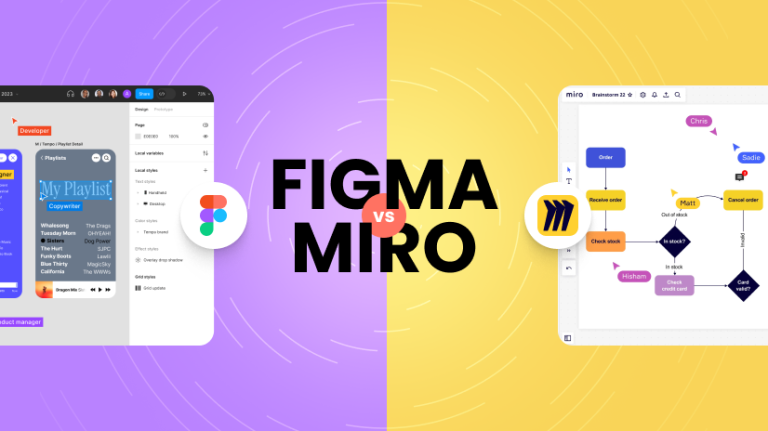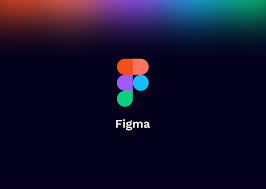It starts with a ping.
You glance at the corner of your screen—someone tagged you in #product-feedback. While you’re responding, a huddle invitation pops up for a 10-minute brainstorm. You accept. Afterward, you drop a quick emoji reaction on a colleague’s launch announcement. All before lunch.
This is Slack in 2025: still fast, still flexible, and for many, still the digital HQ.
But with so many work tools vying for attention—email, Zoom, Notion, Microsoft Teams—is Slack still the best option? And how do you make it work for you, instead of letting it become just another noisy inbox?
Here’s a fresh look at how Slack remains a top productivity platform, how real teams use it today, and how to keep it from running your life.
Why Slack Still Works (and Still Wins)
Slack has always been more than just messaging. What makes it special isn’t just the interface—it’s the way it shapes team behavior. It encourages transparency. It makes information accessible. It reduces the need for meetings. And it does all this in a format that feels natural, even fun.
“It’s like our office whiteboard, hallway chatter, and project room rolled into one app.”
– Angela C., Head of Ops
Here’s what continues to set Slack apart:
- Channels instead of inbox chaos
- Real-time + async communication in one place
- Integrations with everything from Google Drive to Claude
- Slack Connect to bring external collaborators into the fold
- An interface so familiar, most teams onboard themselves
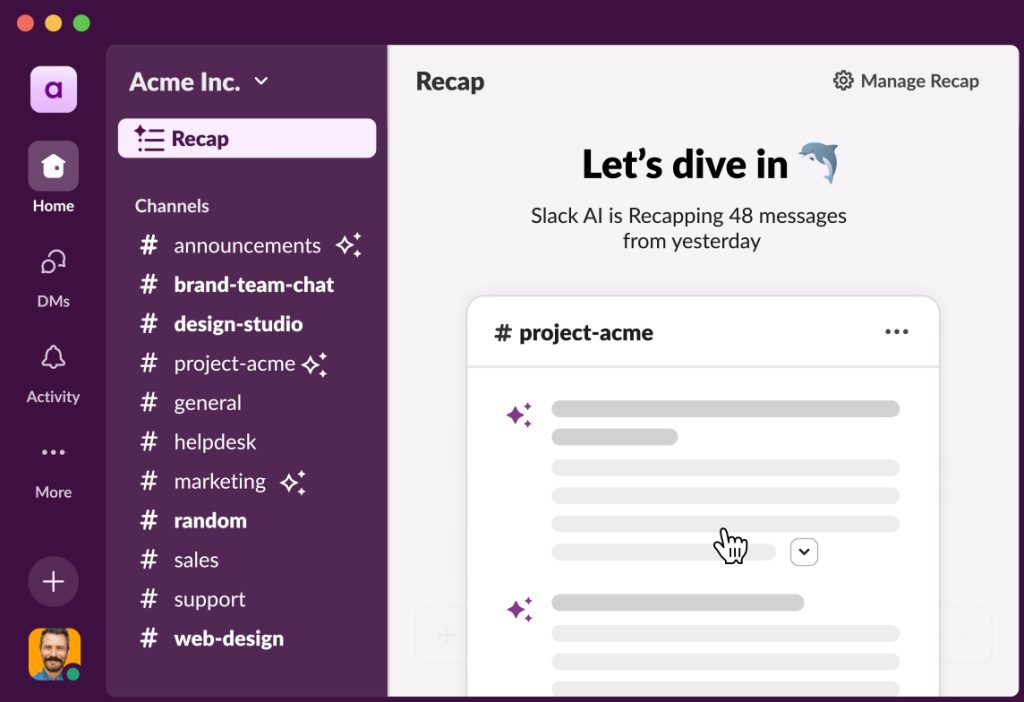
Don’t Just Chat—Work Smarter in Slack
The teams that thrive in Slack treat it as a workspace, not just a chat tool. Here’s how that plays out in practice:
🛠️ Use Slack as a Workflow Engine
Automate repetitive work. Use built-in workflows or connect with tools like Zapier, Notion, or AI assistants like Claude to:
- Auto-summarize long threads
- Create tickets from emoji reactions
- Send daily team check-ins at 9AM
📚 Make It Your Team Wiki
Pin critical docs, messages, and updates in key channels. The goal? Fewer “Where’s that link again?” moments.
“We turned our
#how-we-workchannel into a living guide. Now onboarding takes days, not weeks.”
– Mark T., People Ops Lead
🎧 Use Huddles for Micro-Conversations
Slack huddles are perfect for those “Hey, do you have 3 minutes?” moments. No formal meeting links, no waiting rooms—just pop in and talk.
Real User Tips: How Teams Avoid Slack Fatigue
If you’ve ever thought “Slack is running my day instead of the other way around,” you’re not alone. The tool is powerful—but without boundaries, it can become overwhelming.
Here’s how real users regain control:
🕓 Set Do Not Disturb hours—and stick to them
Slack lets you silence notifications on a schedule. Use it.
📥 Archive channels you don’t need every day
They’re not gone—just out of your face.
🔕 Use notification keywords
Get pinged only when someone uses a relevant keyword (e.g., “contract” or “launch”).
💬 Establish channel etiquette
Threads for conversations. Emojis for quick feedback. Fewer @channel bombs. Everyone wins.
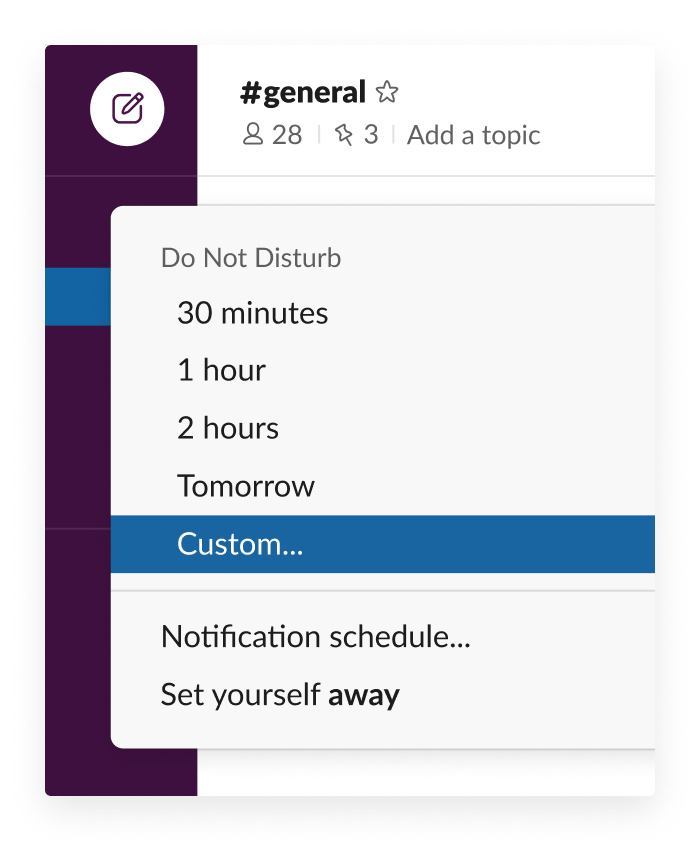
New in 2025: Slack’s Quiet Power-Ups
Slack hasn’t stood still. In the last year, it’s rolled out quiet but impactful improvements:
- AI-powered summaries of missed conversations
- Smarter thread previews so you don’t have to open every single reply
- More robust Slack Connect permissions for cross-org collabs
- Deeper integration with Salesforce, Notion, and Claude AI
One standout? The new Smart Recap tool, which summarizes what happened in a channel while you were away.
“I was off for two days. Came back, clicked one summary, and caught up in five minutes. Game changer.”
– Kelsey M., Strategy Lead
Slack vs. The Rest: Where It Fits Today
Here’s a quick heat check on how Slack compares in 2025:
| Tool | Best At | Slack’s Edge |
|---|---|---|
| Microsoft Teams | Enterprise/Office365 orgs | Slack is more intuitive, less bloated |
| Discord | Casual/internal gaming or dev groups | Slack has better business features |
| External formal comms | Slack is faster, collaborative, searchable | |
| Notion | Docs, wikis, planning | Slack is better for day-to-day dialogue |
So while Slack might not replace every tool, it’s often where the work starts—and stays coordinated.
What About Pricing?
Slack offers flexible plans:
- Free: Great for small teams or freelancers. Limited to 90 days of messages, 10 integrations.
- Pro ($8.75/user/month): Full message history, unlimited integrations, group huddles, Slack Connect.
- Business+: Extra admin controls, support, and compliance options.
- Enterprise Grid: For big orgs with complex setups.
Most small teams start with Free and upgrade only when they need more integrations or message history. Smart, simple, scalable.
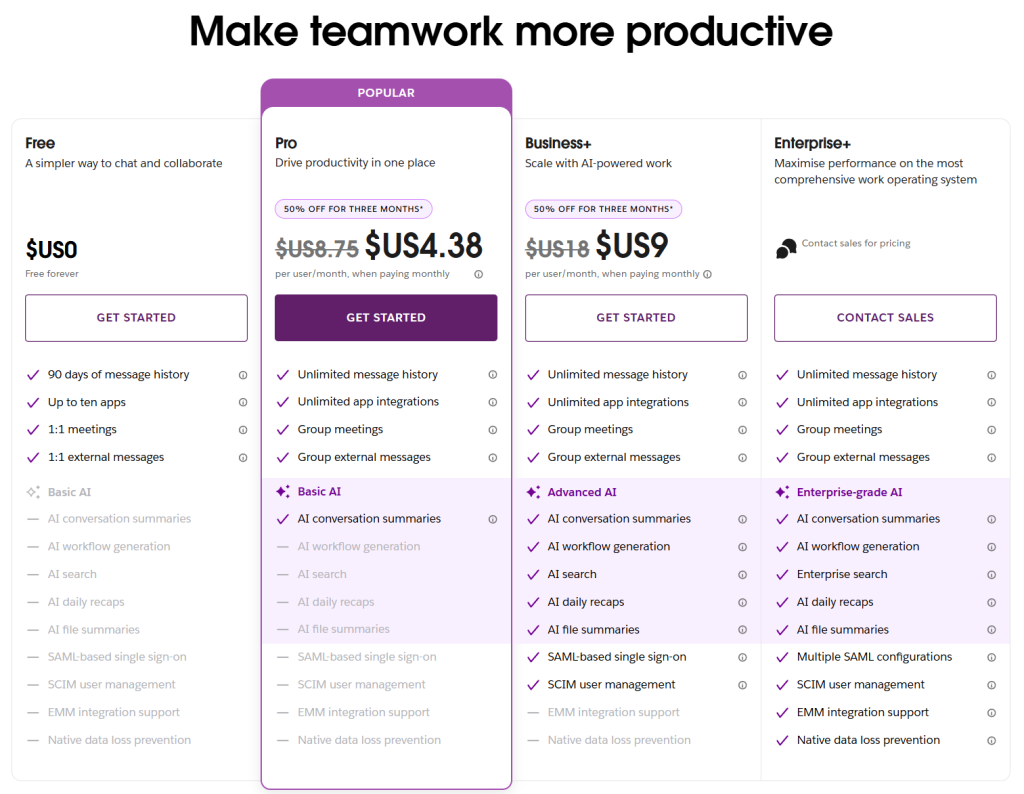
The Verdict: Still the Best Tool for Fast, Flexible Teams?
Slack doesn’t promise to be everything. It doesn’t try to manage your files, create detailed timelines, or run full-blown project boards.
Instead, it focuses on what it does best: keeping your team talking in all the right ways. Quickly. Contextually. Across time zones and departments.
And in a world where communication makes or breaks team flow, that’s still a superpower.
TL;DR: Slack in 2025
- ✅ Best-in-class team chat and async tools
- ✅ Trusted by startups and enterprises alike
- ✅ Integrates with everything, including Claude
- ✅ Easy to start, powerful as you grow
- ✅ Works how your team actually works

